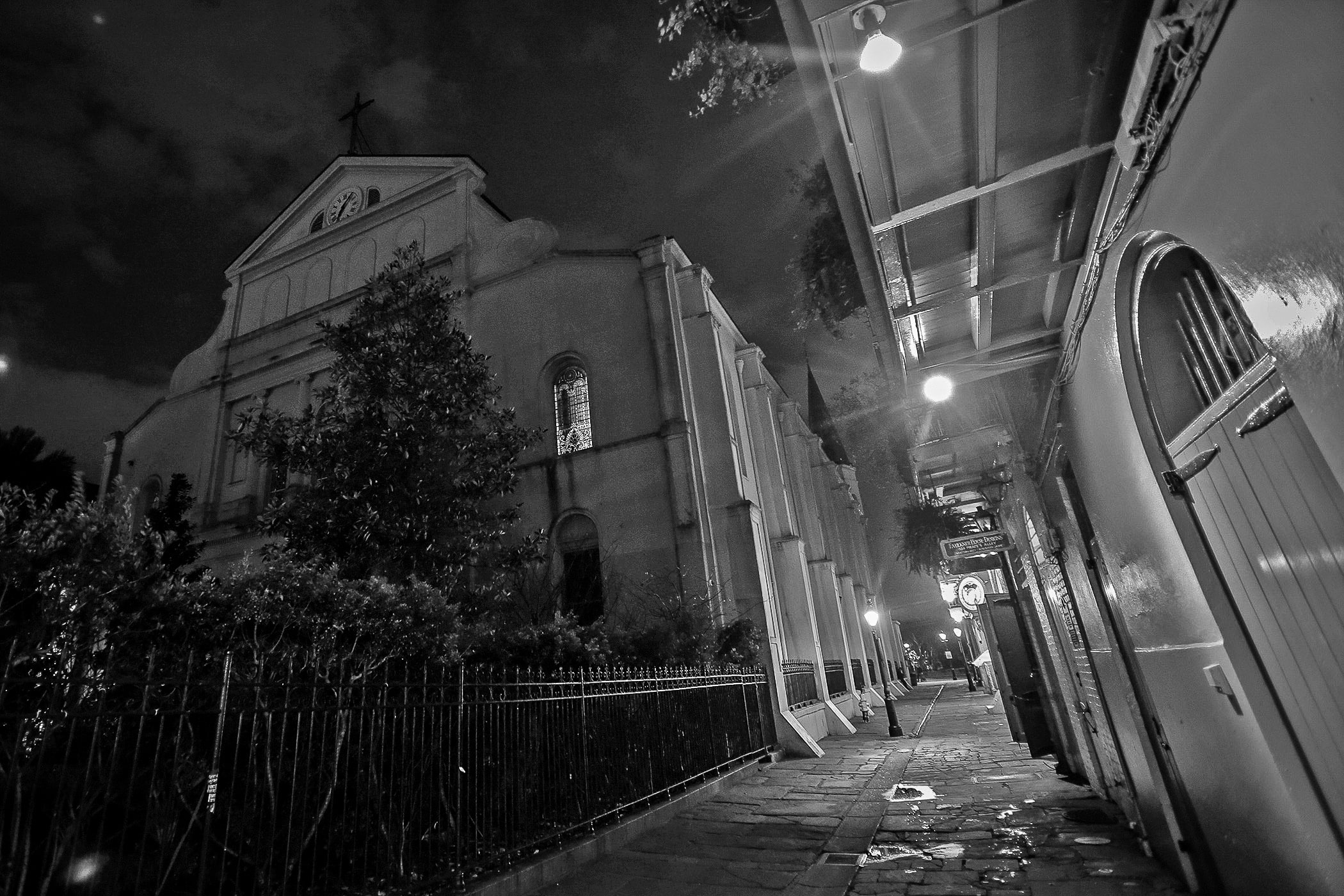Not every ghost that haunts New Orleans is some malevolent specter paying for their evil deeds in the afterlife or a lingering victim of a tragic demise; one particular ghost is a heroic, singing 18th-century icon who clearly loves New Orleans too much to leave it.
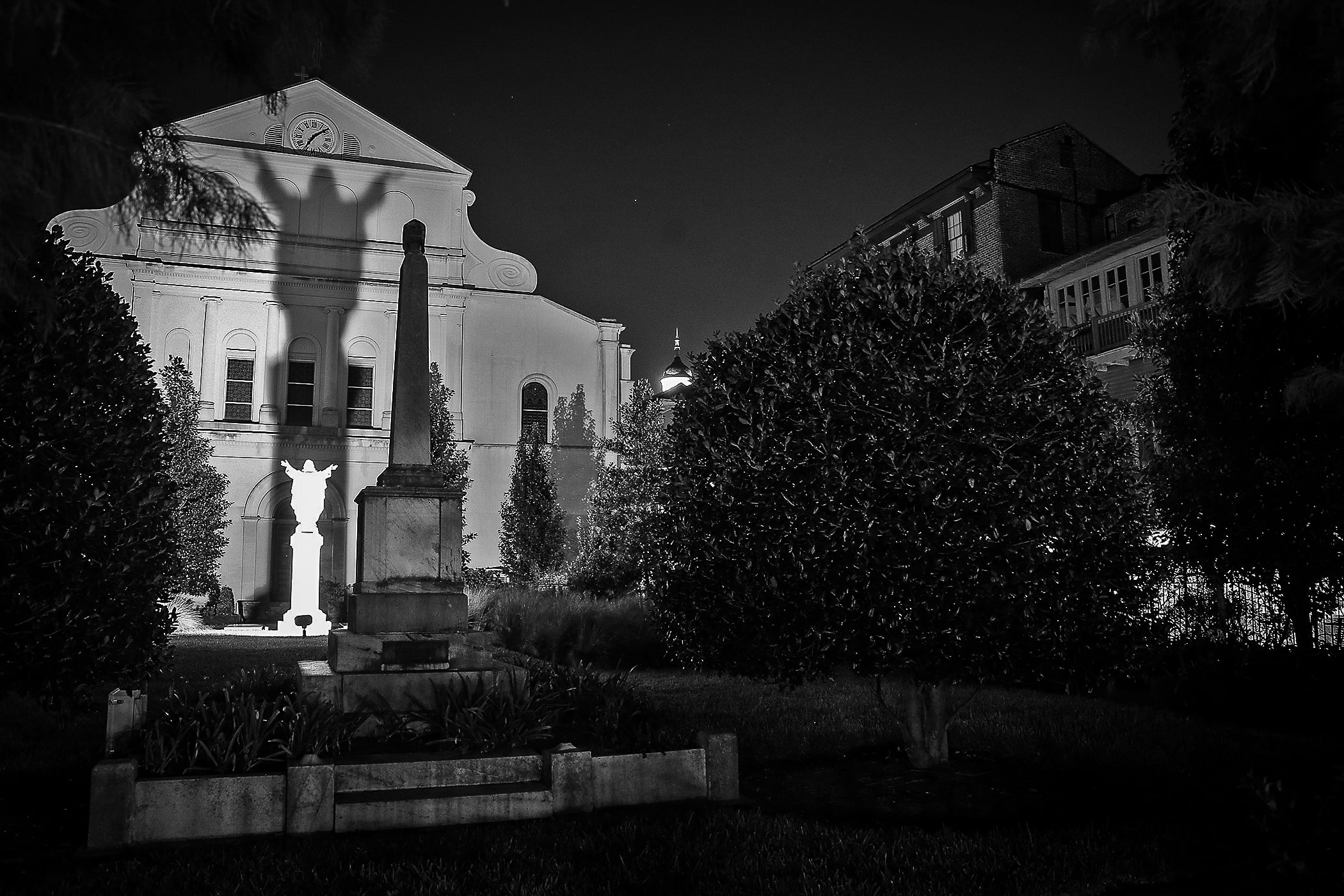
Pere Dagobert de Longuory was a Capuchin monk who moved to New Orleans from Quebec in 1722. He was short and plump, or tall and handsome, depending on the source. For the next half century, he was a beloved spiritual and community leader. In true New Orleans fashion, he enjoyed his food, wine and music. He was said to have a beautiful baritone singing voice. His charity to the poor, his attendance at neighborhood social events, and his treatment of the sick and downtrodden made him a hugely popular figure to the people of old New Orleans.
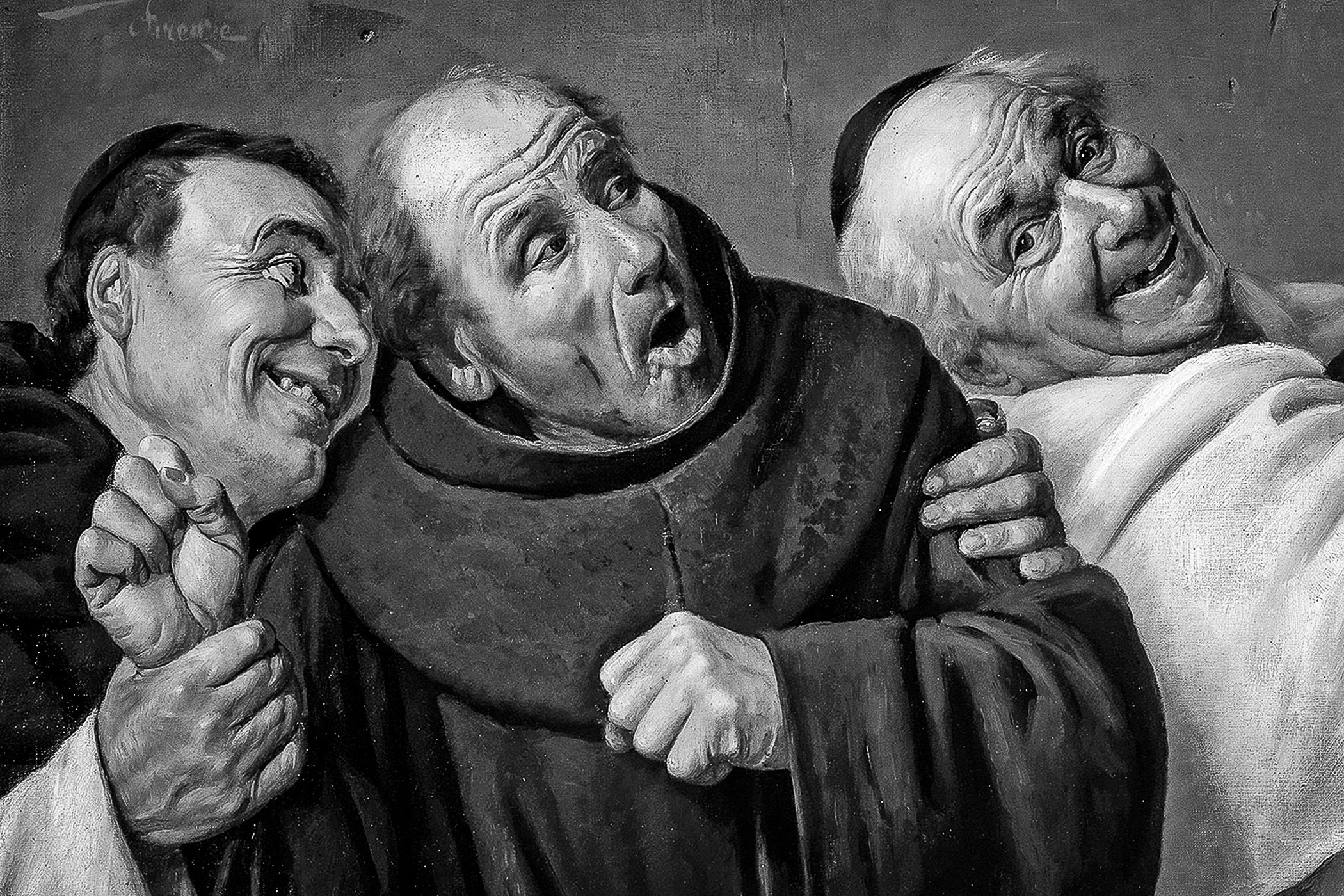
The rebellion
In 1768, a group of French Creoles in New Orleans, upset and fearful after they had suddenly and unexpectedly been put under Spanish rule, kicked out the Spanish governor Antonio de Ulloa. Spain did not take kindly to this “rebellion” and sent Alejandro “Bloody” O’Reilly to take over as military governor the following year. On October 25, 1769 at Fort St. Charles on Esplanade Avenue, now the site of the U.S. Mint, O’Reilly hung or had shot, (depending on the source) the five surviving ringleaders. Joseph Villere, the sixth ringleader, had already been bayoneted resisting arrest. To reinforce his whole “rebellion=bad” message, O’Reilly is said to have ordered the bodies of the five men to remain unburied, displayed on the levee across from the Church of St. Louis where Pere Dagobert was the priest.

The families of the executed men went to O’Reilly, pleading that their loved ones receive a Catholic burial, but he was a jerk about the whole thing, insisting the bodies continue to rot where they were, watched under heavy guard by some of the 2,000-plus Spanish soldiers he had brought with him to New Orleans.
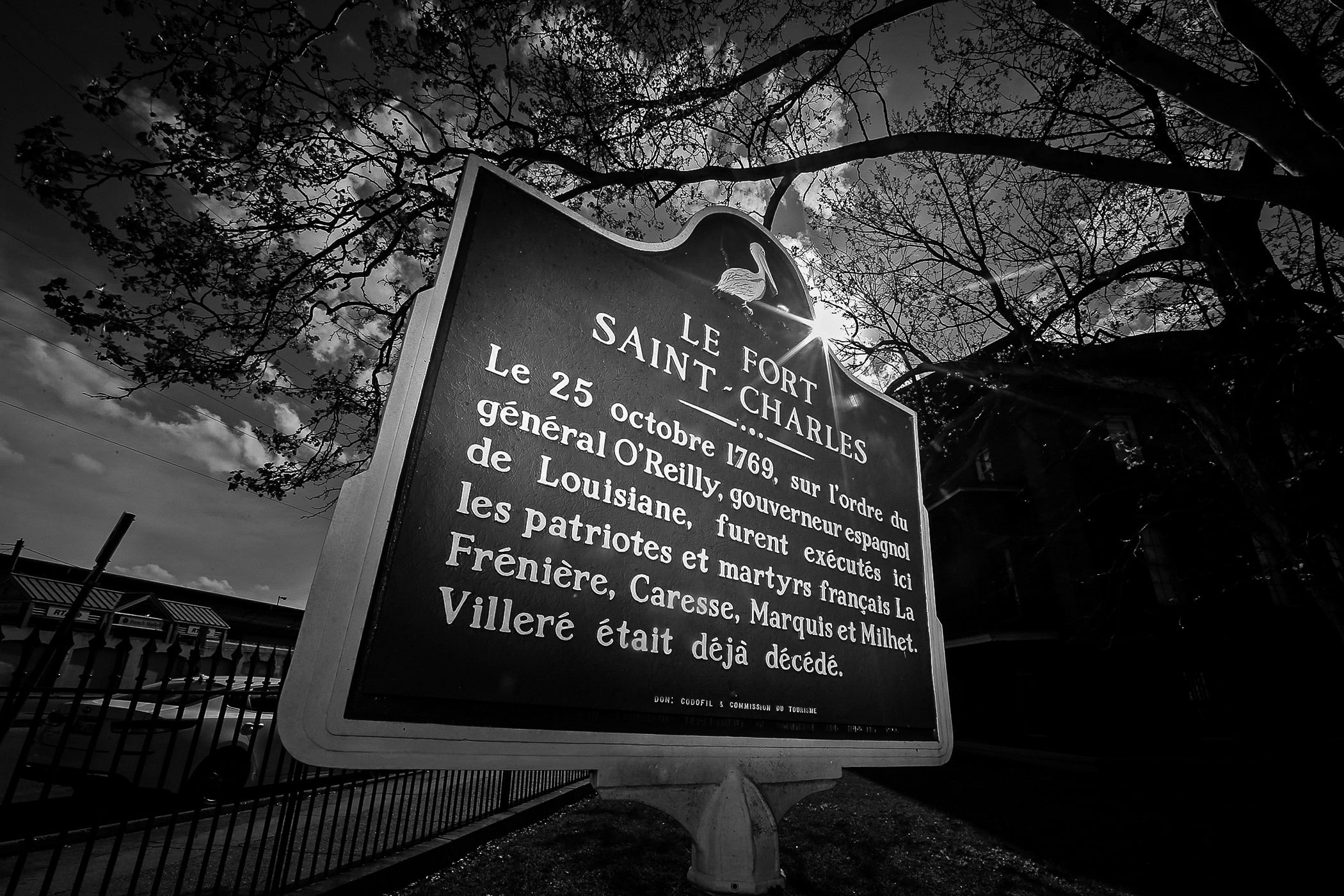
A proper burial
The story goes that on a stormy night, Dagobert gathered the family members at the church and told them to wait. With a few assistants in tow, the priest marched up to the levee and gathered the five corpses despite the many soldiers about. As the bodies were carried through the rain from the levee to the church for a funeral mass, Dagobert belted out “Kyrie” (the traditional hymn, not the Mr. Mister version.) After the mass, a funeral procession took the coffins of all five men to be buried at Old Saint Louis Cemetery Number One. Amazingly, Dagobert pulled all this off without a single Spanish guard raising an alarm. It is said they didn’t hear or see a thing, and no footprints were found at the cemetery, facts that convinced New Orleanians that Pere Dagobert had performed a miracle.
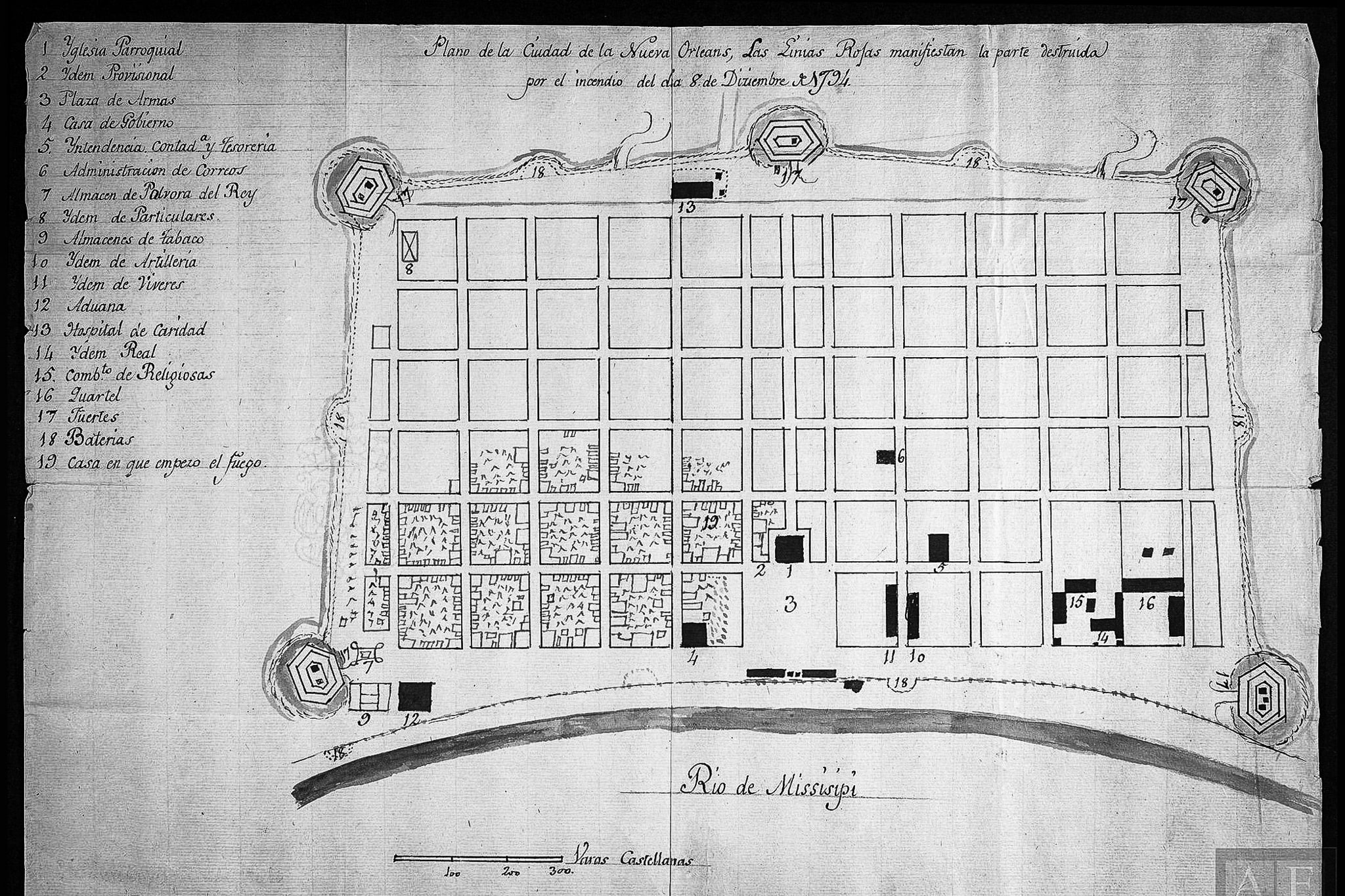
Dagobert died in 1776, twelve years before his Church of Saint Louis burned to the ground in the Great New Orleans Fire of 1788. The destruction of the old church led to the construction of what would become the current St. Louis Cathedral.
MORE: So you think your NOLA pad is haunted? Here’s some things you can get to check
A voice in the mist
Today, the ghost of Dagobert is one of the most frequently seen (and heard) spirits in the city, particularly early on rainy mornings. His ghost is described as a mist that forms into a sandal-clad, robe-wearing monk who makes his way from the front of the cathedral, down Pirate’s Alley which runs along the west side and through the iron-gated St. Anthony’s Garden in the rear of the building. During his nocturnal treks, the ghost sings his signature “Kyrie” or other 18th century hits like “Te Deum.” It’s said the performances can go on for some time until he finally slips through a locked door at the back of the building. Others claim to witness an entire ghostly funeral procession as Dagobert eternally leads the coffins of the slain Creole rebels to the cemetery.
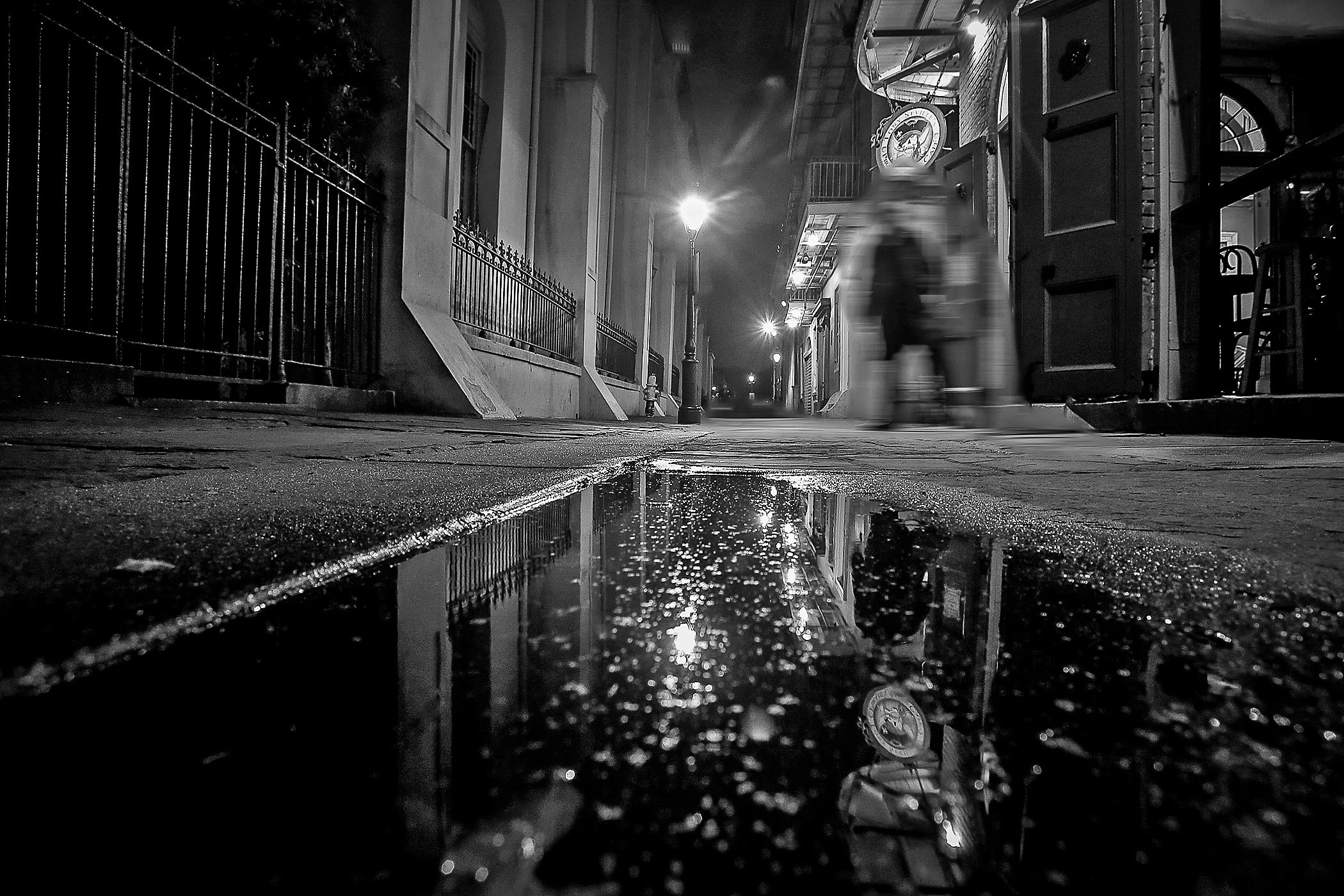
By the way, the singing spirit of Dagobert isn’t the only ghostly monk spotted around St. Louis Cathedral. Antonio de Sedella, the Spanish Capuchin who succeeded Dagobert as priest at the Church of St. Louis. Like Dagobert, Pere Antoine was a remarkably popular priest who clashed with the governing authorities. In spite of the fact he died in 1829, Pere Antoine continues to take early morning strolls down the alley to the east side of the cathedral that today bears his name. He is also said to be seen at the annual Christmas Midnight Mass at St. Louis Cathedral, singing along while clutching a lit candle.
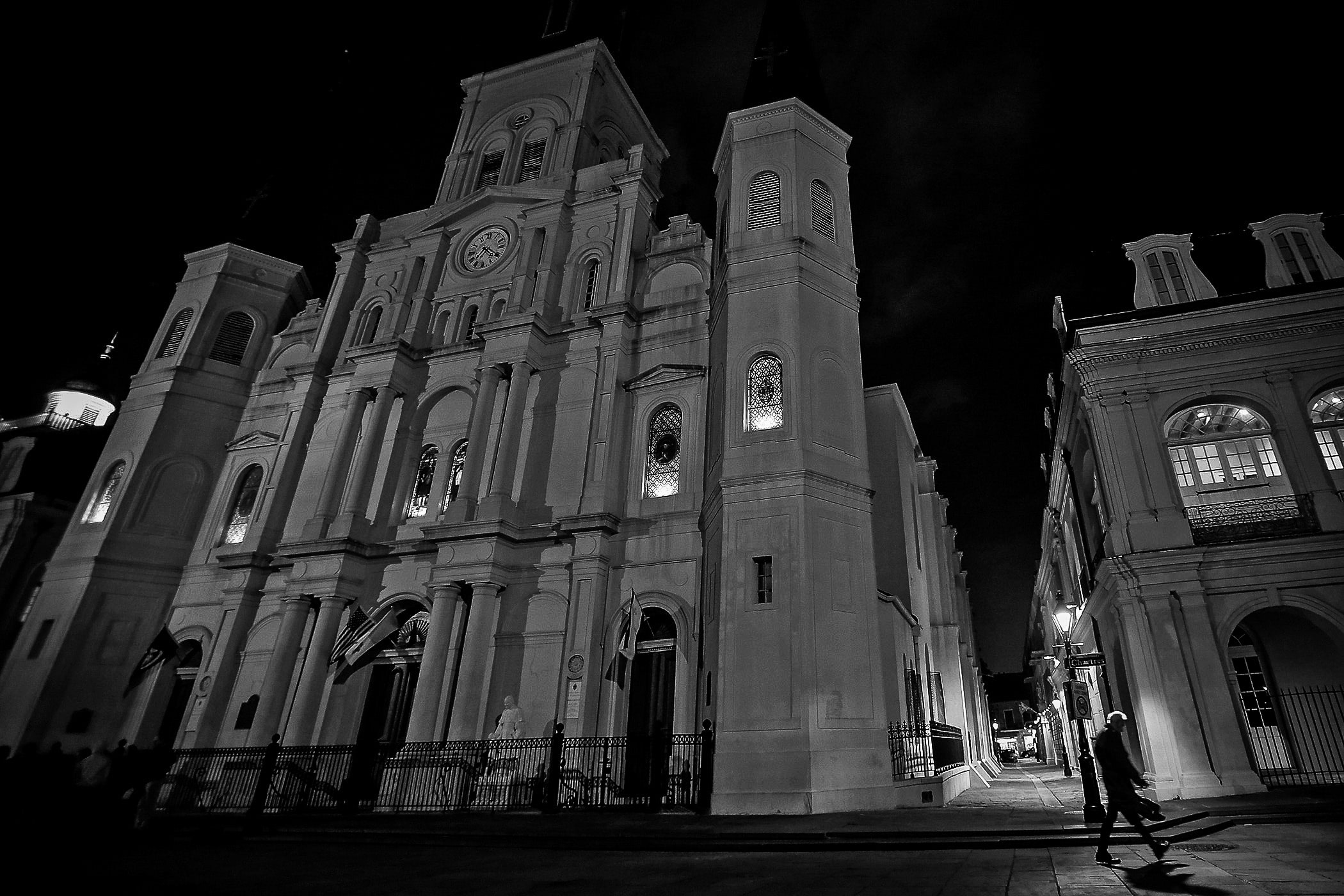
On a final note, Frenchmen Street was named in honor of the five rebels executed in 1769. The Spanish governors Ulloa and O’Reilly got streets named for them as well. Pere Antoine, of course, has his alley next to the cathedral.
New Orleans definitely needs a Pere Dagobert Street.
Works Consulted
- Berry, Jason. City of a Million Dreams: A History of New Orleans at Year 300. Chapel Hill, NC: University of North Carolina Press, 2018
- deLavigne, Jeanne. Ghost Stories of Old New Orleans. Baton Rouge, LA: Louisiana State University Press, 1946
- Dwyer, Jeff. Ghost Hunter’s Guide to New Orleans. Gretna, LA: Pelican Publishing, 2016
- Jordan, Dylan. Four Real New Orleans Legends that Put Ghost Stories to Shame. Historic New Orleans Collection, October 15, 2018. https://www.hnoc.org/publications/first-draft/four-real-new-orleans-legends-put-ghost-stories-shame (Accessed March 2020)
- Murphy, Michael. Fear Dat. New York, NY: Countryman Press, 2015
- Powell, Lawrence. The Accidental City. Cambridge, MA: Harvard University Press, 2012
- Schlosser, S.E. Spooky New Orleans. Guilford, CT: Globe Pequot, 2016
- Stuart, Bonnye. Haunted New Orleans: Southern Spirits, Garden District Ghosts, and Vampire Venues. Guilford, CT: Globe Pequot Press, 2012
Other Haunted Areas of New Orleans
-
Mona Lisa, the Heartbroken Ghost of City Park
-
A ghost cat will welcome you to the Beauregard-Keyes House followed by a general, gangsters
-
Duels for ‘pride and honor’ left behind hundreds of ghosts at Duelling Oaks
-
The Three Ghosts of Toulouse Street and haunting cries for ‘Mommy!’
-
Horror and Hauntings in Historic French Quarter Pharmacy
-
The wandering statue of Storyville madam Josie Arlington’s Metairie Cemetery tomb

